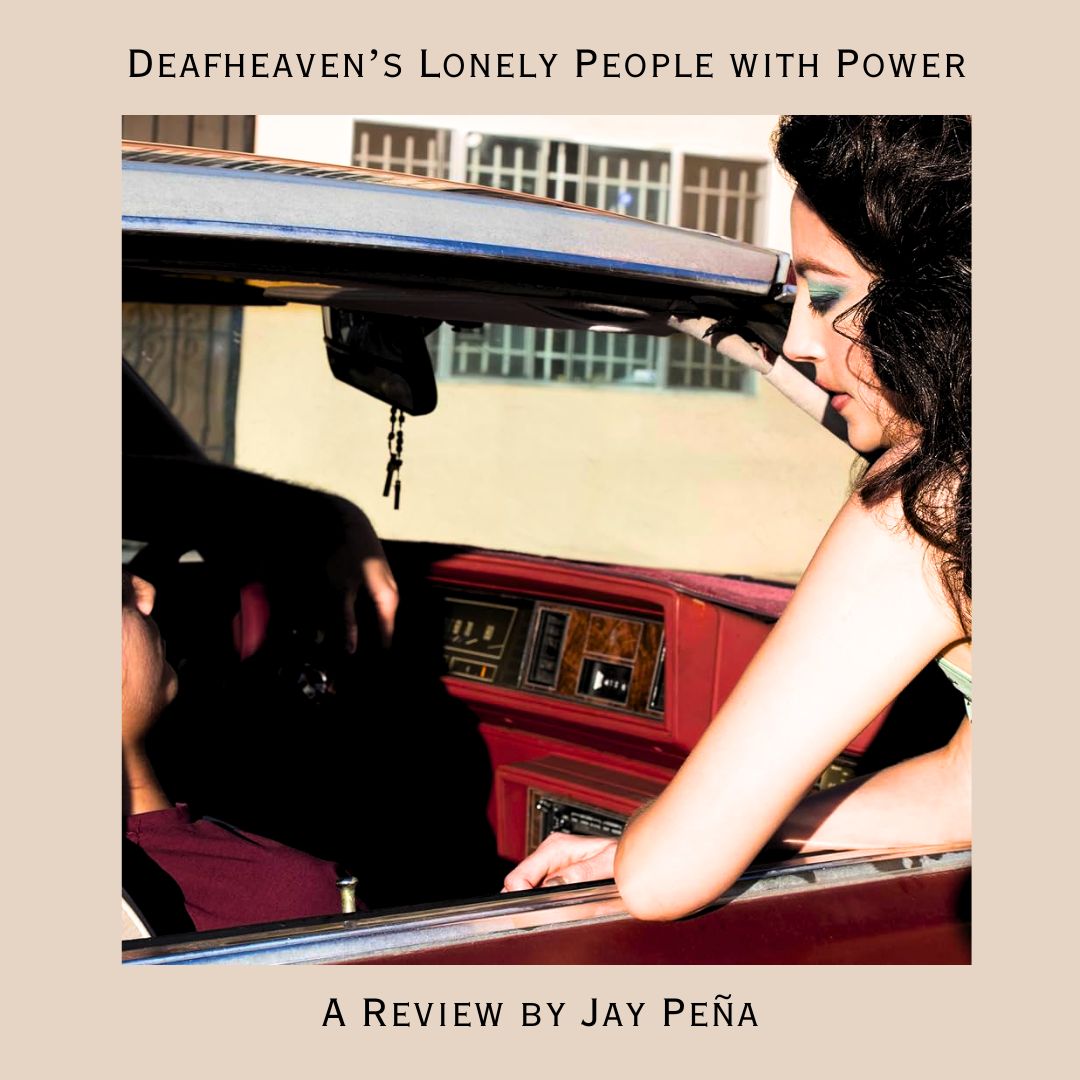My Little Pony (MLP) Friendship is Magic (FiM) ended on October 12, 2019; however, the fandom is still producing fanart and fan songs of the show. One such artist is Jyc Row on YouTube. Row is a music artist currently working on his MLP-inspired story titled Infinite Eclipse, which is told mainly through songs and is split into three playlists. The first Infinite Eclipse playlist has an amazing storyline that uses FiM characters brilliantly, and the songs wonderfully describe the settings and mood.
Disclaimer: This review contains spoilers and only original songs will be covered. None of the remasters or remixes will be included.
“Sun of the Night”
The first song is actually what I consider to be the weakest entry in the story. The instrumental is wonderful: the percussion and strings move at a fast tempo, which makes me envision Daybreaker (the character displayed in the artwork) arriving and swiftly attacking the canterlot castle (the capital city in FiM). But, the music doesn’t make me feel her power. The part I dislike the most is the vocalist, Felicia Farerre. It sounds like she is singing from the back of her throat, which I feel diminishes her full abilities. What this song flawlessly executes is the set up of the story and conflict; the instrumentals are the saving grace of the song.
“Lunar Rebellion” (Japanese Dub)
Lunar Rebellion captures a feeling of determination, hopelessness, and desperation. Satomi sings as Princess Luna, the blue pony displayed in the artwork, and she does a good job not only of singing but also at voice acting. I felt the shift of determination to hopelessness through Satomi’s voice. The music also does a good job of setting the mood through slow build-ups and sudden beat drops, and the lyrics also describe what Luna is feeling and thinking. By far the selling point of the song is the artwork. GashibokA shows Luna’s highest point, Daybreaker’s might, and Luna’s darkest hour really well. The style makes the song look like an ancient story told through paintings lost in time, which is really unique.
“Night Queen”
“This song is like a twin for ‘Sun of the Night,’” said Jyc Row. The song has a calmer and darker tone, suiting Nightmare Moon, the character the song is about. Despite being a relatively calmer song compared to the first two, the vocals, provided by Farerre, and the percussion still convey a scene of two evil beings fighting each other violently in the sky. I can feel Nightmare Moon’s wrath through the song. The only thing that annoys me about this particular song is the artwork. Row borrowed the art from Alumx, but the art that was selected shows Nightmare Moon someplace else instead of where Lunar Rebellion left off. Apart from the continuity error in the artwork, Night Queen is a solid song and gets the story across well.
“Together, Against the Sisters”
This song evokes feelings of betrayal and determination. The song features three singers, PrinceWhateverer, Celica Soldream, and Row himself, who portray three soldiers who were forced into the needless civil war. The song begins with the soldiers expressing how they feel betrayed by their own princesses. The song then transitions into the two armies banding together to defeat their dictators and bring back peace. The harmonies send goosebumps all over my body, and their voices blend together perfectly. The instrumentals evoke an impactful, hopeful, determined, and enlightening tone. The art by Light262 beautifully shows the destruction the sisters have caused and the consequences that may come if they are not stopped. This is definitely my favorite song on the entire track.
“Final Eclipse”
Final Eclipse is the plot twist and climax of the story: two ancient goddesses are awakened and begin warping everyone and everything in their path. As much as I love this song, there are two issues regarding the vocals: Soldream’s voice drowns out PrinceWhateverer’s voice, which makes it hard to hear his part, and PrinceWhateverer’s voice as a goddess does not make sense. Though he does have a strong singing voice that carries the mood and tone, it would have made more sense to hire another female voice actor instead. Overall, the instrumentals and artwork carry the song.
“Aqasha, Goddess of Destruction” and “Nerath, Goddess of Nightmares”
Like “Sun of the Night” and “Night Queen,” “Goddess of Destruction” and “Goddess of Nightmares” are twin songs. Both songs describe the goddesses and their motives through lyrics and instrumentals. Moving at an adagio pace, Nerath’s theme utilizes a slow tempo, as it features ominous whispers to create an unsettling, yet mighty feeling surrounding worship. Meanwhile, moving at a presto tempo, Aqasha’s theme is faster and is more focused on power, war, and victory. The artwork also has interesting little details. When you have the two songs side-by-side, Aqasha and Nerath are staring down each other with resentment. Aqasha’s skin is dripping liquid gold, and her magic appears to be unstable; when Nerath breathes, her breath vaporizes. Those small details, as well as the meaningful lyrics and the unique music, are what make “Goddess of Destruction” and “Goddess of Nightmares” stick out as the best fan songs in the MLP fandom’s community.
“Ayzat, High-Priestess of Aqasha”, and “Naegissa, High-Priestess of Nerath”
“High-Priestess of Aqasha” and “High-Priestess of Nerath” are the last pair of twin songs in the playlist, and they are certainly both special. What separates these two songs is that they are sung in a language Row created for his story. His language, which he calls “Ancient Alicornish,”, is an intriguing bit of lore and world-building, however, first-time listeners and people who do not read the description may find the vocals off-putting and strange, but the lyrics do a good job at defining both Ayzat and Naegissa and what their cultures believe in. The music is once again the impactful part of the song; Ayzat’s theme carries pride, power, and determination, while Naegissa’s is more controlled and repeats the same message of forced worship from Nerath’s theme.
“UEP Commander~Starlight”
Starlight’s theme is very repetitive and doesn’t change its tempo for long; it is reminiscent of an army marching. “UEP Commander~Starlight” is not nearly as impactful as the rest of the songs and sounds more like background music. The most captivating part of the song is the art; the contrast of the yellows and purples is eye candy and the background is beautiful to look at; however, Starlight’s horn does look too small compared to her head. Overall the song is good, but the most forgettable in the entire playlist.
“UEP Commander~Ember”
“UEP Commander~Ember” is almost as intense as “Final Eclipse,” and the score fits perfectly for Ember. The use of drums, symbols, bagpipes, and the electric guitar creates an atmosphere of impending doom, and makes listeners visualize an army of fierce dragons thrusting themselves into battle. The score also has a lingering feeling of fear and bravery, and the art style backs-up the setting of a world trapped in destruction and chaos. At first glance, the art looks fitting, and it is overall. However, there is a consistent error presented in the art: Ember is missing her dragon staff. Now, that may not sound that important, and it really is not that serious, but her dragon staff is important to the story. This error is fixed in “Last Ramparts,” and the missing staff does not ruin anything. “UEP Commander~Ember” is definitely a strong competitor for bthe est song in the entire playlist.
“UEP Commander~Spitfire”
This track starts upbeat, and it keeps its fast-paced and energy-filled momentum throughout the song. “The track is as energetic and fast as the Wonderbolt’s captain herself,” said Row. The guitars provided by Ziv Shalev are what bring the song together, as they paint a picture of an intense battle in the sky, with Spitfire dodging and attacking her opponents and enemies. What is interesting about the art is the shift in art styles. “UEP Commander~Starlight” and “UEP Commander~Ember” have their own different art styles, but for “UEP Commander~Spitfire” and every track after, the art style is the same 3D form. If it was not obvious before, it is clear that the majority of the art-work wasn’t made specifically for the songs, which there is nothing wrong with, and the rest of the Infinite Eclipse songs did get their own tailored art after this playlist. Albeit the track would be that much better if each and every song has its own unique art instead of old pictures that look close enough. All and all, “UEP Commander~Spitfire” is very enjoyable to listen to repeatedly and would go great on an exercise playlist.
“UEP Commander~Shining Armor” and “UEP Commander~Thorax”
These two track’s tones are similar to each other and different to the rest of the playlist. The tone of Shining Armor and Thorax’s songs are much more depressing and are more focussed on the consequences of the main conflict of the story and exploring character emotions, rather than the intense fights. Shining’s theme uses bagpipes and heavy percussions to represent is level headedness and the negative emotions he is pushing down, “There’s a reason why his theme is quite calm,” Row says, “Shining is, in {Infinite Eclipse’s} universe, a charismatic commander who does not lose his temper and will always think before charging {enemies}. Plus, there’s also a sad vibe in his theme because… well, there’s a {quiet} scene with him, his sister, his wife and daughter in the prequel’s finale…” Shining’s song ends with the bagpipes holding out a lonely note, leaving the listener with the question of whether Shining will die or if he has already died.
Thorax’s theme is still quite sad, but unlike Shining’s song, Thorax’s has a sudden build-up. The track starts off lonely and somber, like the once beloved king is looking around his kingdom, seeing it be destroyed by the goddesses, and the sudden change in pace of the tempo visualizes the king in danger and having to make a quick decision. “ …I wanted to make Thorax’s theme quite sad,” says Row. “…He’s too pure for his own good,” Row adds. The violins by Maria Grigoryeva gives the song a touch of sadness, and the waterfall sound effect at the end adds the perfect amount of melancholy. By contrast to Shining’s song, Infinite Eclipse fans already know how Thorax’s story ends, which makes his theme the most impactful and the most heavy EUP track, but first-time listeners will still feel a heavy weight on their hearts when the song ends.
“Last Ramparts”
“Last Ramparts” is repetitive but very catchy. “This song focusses on solos and action,” says Row, “It’s a short war cry before diving into battle…” The song is sung by Michael Glidner, and his voice is powerful and definitely conveys an emotion of anger and determination, yet I feel like the song would have benefited more if there were more voices singing. The art displays five characters, three of which are females, so “Last Ramparts” could have been a stronger war cry if more voices were involved instead of just Glidner’s. Referring back to the artwork, it is the most descriptive part of the song. GashibokA’s art shows how every character has been affected by the sudden civil war and the physical and emotional scars they have been left with. “Last Ramparts” is a strong song for the playlist to end on, despite the missed opportunities.













